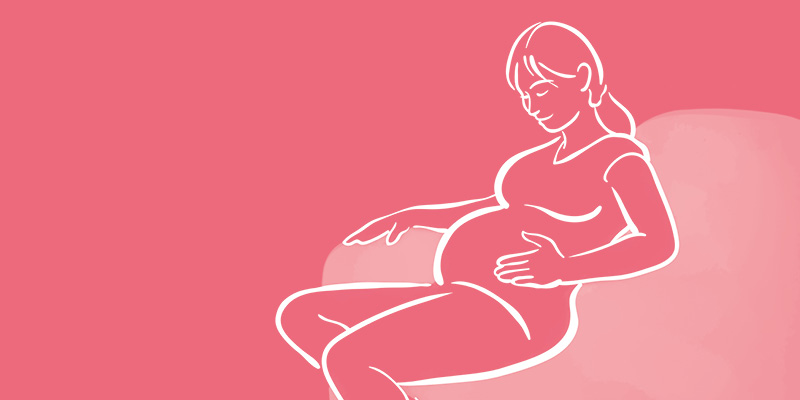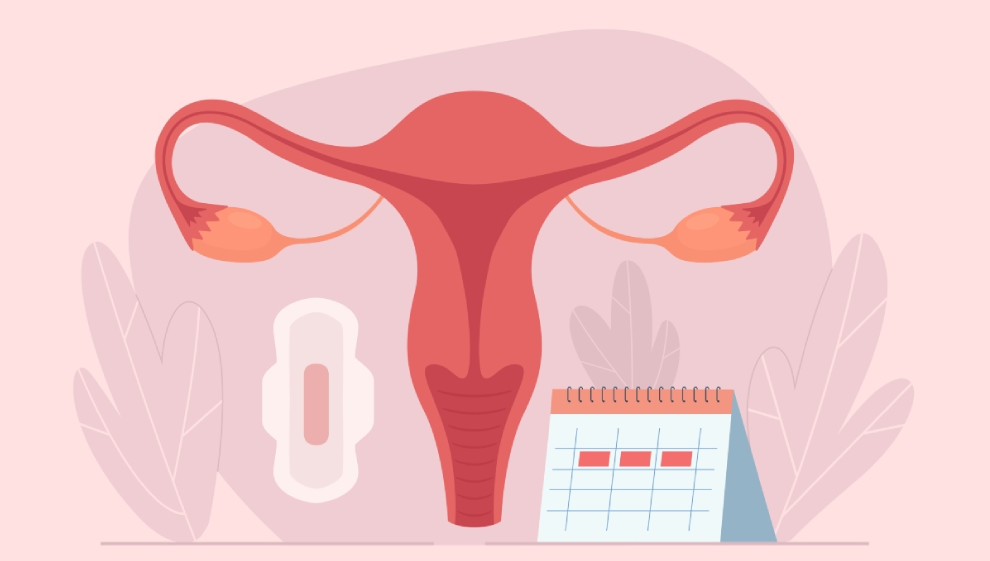Best used during: Weeks 18–40 (when fetal movements become noticeable and patterns begin to form)
A gentle, reassuring guide to understanding and tracking your baby’s movements for peace of mind.
Feeling your baby move for the first time is one of the most magical moments of pregnancy. Those tiny flutters, wiggles, and kicks are more than just adorable — they’re important signs of your baby’s health, activity, and wellbeing. As your pregnancy progresses, paying attention to these movements can help you stay connected to your baby and quickly spot when something feels different.
When You’ll Start Feeling Movements
Most women begin to feel their baby move — a sensation known as quickening — between 18 and 22 weeks. At first, these movements may feel like:
- Soft flutters
- Light taps
- Gentle rolls
- Bubbles or tiny pops
If this is your first pregnancy, you might feel movements a little later. This is completely normal.
What Baby Movements Feel Like Throughout Pregnancy
Your baby’s movements will change as they grow:
- Weeks 18–24: Soft flutters become more noticeable.
- Weeks 24–28: Movements become stronger and more regular.
- Weeks 28–36: Kicks, rolls, stretches, and jabs become easier to track.
- Weeks 36–40: Movements may feel slower but stronger as space becomes limited.
Remember: movements may change in type, but they should not decrease in frequency.
How to Track Your Baby’s Movements
While feeling movements throughout the day is usually reassuring enough during the second trimester, doctors often recommend more intentional monitoring starting around 28 weeks.
Simple way to monitor daily movements:
- Sit or lie on your side in a quiet place.
- Put your hand on your belly if it helps you focus.
- Count each kick, roll, stretch, or twist.
- Track how long it takes to feel 10 movements.
Most babies will move 10 times within 2 hours — often much sooner. Some mothers feel 10 kicks within minutes!
Understanding Your Baby’s Movement Patterns
Every baby has a personality, even in the womb. Some are active early in the morning; others dance all night. The key is learning your baby’s unique pattern.
You may notice that movements increase:
- After meals
- When you drink something cold
- When you relax or lie down
- At night when the world is quieter
As long as the pattern remains consistent, everything is usually normal.
When to Contact Your Healthcare Provider
You know your baby’s rhythm better than anyone. If something feels “off,” trust your instincts.
Call your doctor or midwife right away if:
- You feel fewer than 10 movements in 2 hours.
- Movements suddenly decrease or feel weaker.
- You notice a major change in your baby’s normal activity pattern.
- You feel no movement at all during a time when your baby is usually active.
A sudden decrease in movement can sometimes signal fetal distress, and early evaluation can protect both you and your baby. Never hesitate to reach out — it is always better to check.
Your Baby’s Movements Are a Conversation
Every flutter, kick, and stretch is your baby’s way of communicating with you. Monitoring movements isn’t just a medical task — it’s a bonding moment. It helps you feel closer, more connected, and more aware of your baby’s rhythm.
Trust yourself. Trust your intuition. And remember: you never need permission to ask for reassurance or support during pregnancy.



